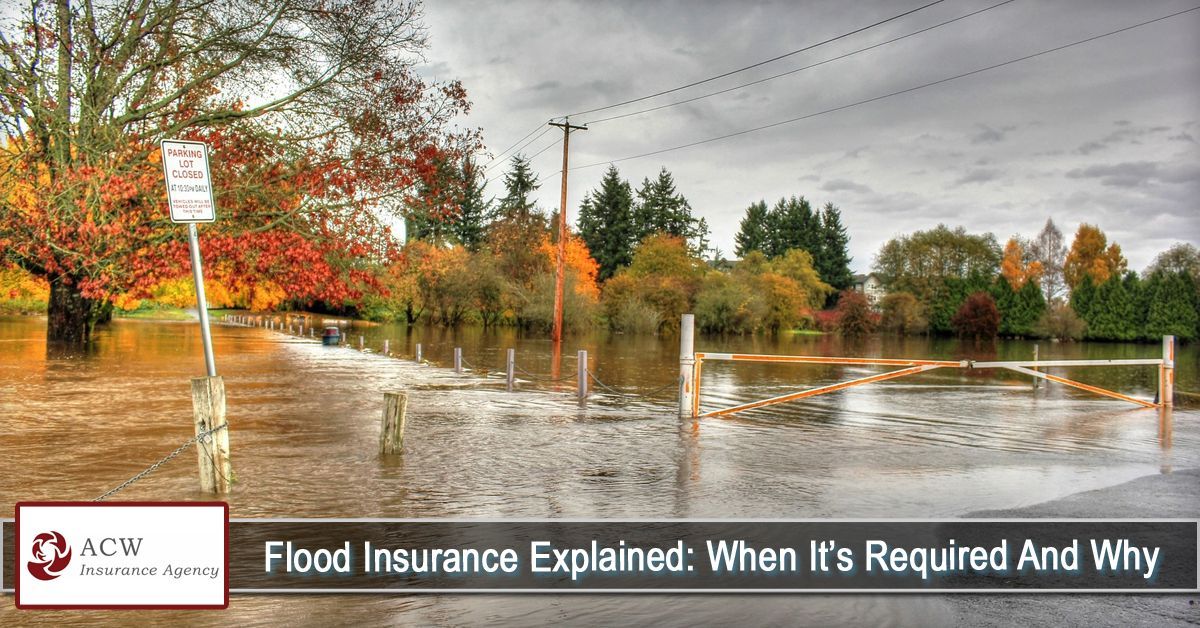
Life insurance is designed to provide financial support to the people you care about most. But for many policyholders, understanding what their policy actually includes can feel confusing—especially with unfamiliar terms, coverage sections, and legal language. Learning how to read your life insurance policy clearly ensures that you know what’s covered, how benefits are paid, and what you’re paying for.
Whether you already have a policy or are thinking of getting one, knowing how to interpret it empowers you to make confident decisions and protect your loved ones effectively.
Why It’s Important to Understand Your Policy
A life insurance policy is a contract. If you don’t understand what’s inside it, you may not realize:
- Whether your coverage is sufficient
- Who will receive the benefits
- What situations are excluded
- How your payments affect your cash value (for permanent policies)
Understanding your policy ensures your financial planning aligns with your long-term goals.
Key Sections Found in Most Life Insurance Policies
While every insurer may format policies differently, most contracts include the same core parts. Let’s break them down in simple terms.
1. Policy Overview Page (Declarations Page)
This is the “snapshot” of your coverage. It includes:
- The policyholder’s name
- Coverage amount (also called the death benefit)
- Premium amount and how often it’s due
- Type of policy (Term, Whole Life, Universal, etc.)
Start here to get the big picture.
2. Beneficiary Designations
This section lists who will receive the death benefit.
Make sure it reflects your wishes.
- Has your family changed since you bought your policy?
- Are your kids named specifically or through a trust?
- What happens if a beneficiary passes before you?
Updating this section is critical after major life events.
3. Policy Type and Duration
Your policy will specify whether your coverage is:
- Term Life – protection for a set number of years (10, 20, 30-year terms, etc.)
- Whole or Universal Life – lifelong protection plus cash value accumulation
Understanding your policy type helps you know how long the protection lasts and whether your premiums may change.
4. Premium Breakdown
Your policy will explain:
- How much you pay
- When payments are due
- What happens if you miss a payment
- Whether premiums are fixed or variable
For permanent life insurance, part of your premium may also contribute to cash value, which you may borrow against later.
5. Cash Value Details (For Permanent Policies)
If you have whole or universal life coverage, your policy will outline:
- How the cash value grows
- Interest rates or index-linked growth
- Loan and withdrawal rules
Keep in mind: Borrowing from your cash value may reduce the death benefit if not repaid.
6. Exclusions and Limitations
This section is crucial. It tells you what is not covered.
Common exclusions may include:
- Death due to certain hazardous activities
- Fraud or misrepresentation on the application
- Suicide within a certain initial period (often two years)
Knowing exclusions helps avoid surprises later.
7. Riders and Add-On Benefits
Riders are optional benefits that enhance your policy.
Examples include:
- Accelerated Death Benefit (access part of death benefit if terminally ill)
- Child Term Rider
- Waiver of Premium (premiums waived if you're disabled)
- Accidental Death Benefit
Review which riders you have—and which you may want to add.
Local Insight: Fort Pierce, FL
Residents in Fort Pierce, FL often use life insurance as part of comprehensive financial planning due to rising living costs and family-based households. Reviewing your policy regularly ensures it reflects your current needs, especially if you recently moved, changed jobs, or adjusted your family structure.
How to Review Your Policy Step-by-Step
- Locate your declarations page to confirm basic coverage.
- Check your beneficiaries for accuracy.
- Identify your policy type and renewal terms.
- Review exclusions to understand limitations.
- Look at riders and see if any updates are needed.
- Ask your agent for clarification on anything unclear.
Tip: Schedule an annual policy review with your insurance professional.
When to Update Your Policy
You should review and potentially update your policy when:
- You get married or divorced
- You have or adopt a child
- You buy a home
- Your financial situation changes
- Your beneficiaries’ needs shift
Life changes—and your insurance should change with you.
Conclusion
Your life insurance policy is more than a document—it’s a promise of protection. Taking the time to understand its details ensures your loved ones are covered exactly the way you intend. By reviewing your policy regularly and asking questions when needed, you can feel confident that your coverage aligns with your goals now and in the future.
At ACW Insurance Agency LLC, we are dedicated to providing our clients with comprehensive and affordable insurance policies. Our commitment extends to going the extra mile to address your specific needs. To learn more about how we can assist you, please contact our agency at (772) 261-2573 or
CLICK HERE to request a free quote.
Disclaimer: The information presented in this blog is intended for informational purposes only and should not be considered as professional advice. It is crucial to consult with a qualified insurance agent or professional for personalized advice tailored to your specific circumstances. They can provide expert guidance and help you make informed decisions regarding your insurance needs.









